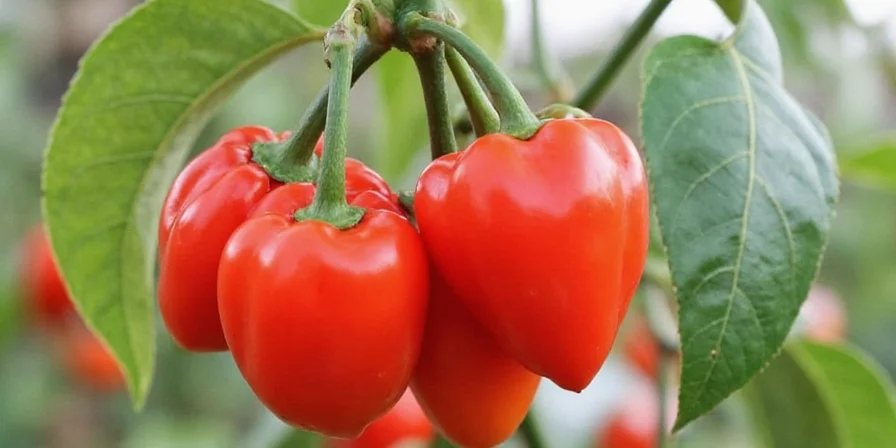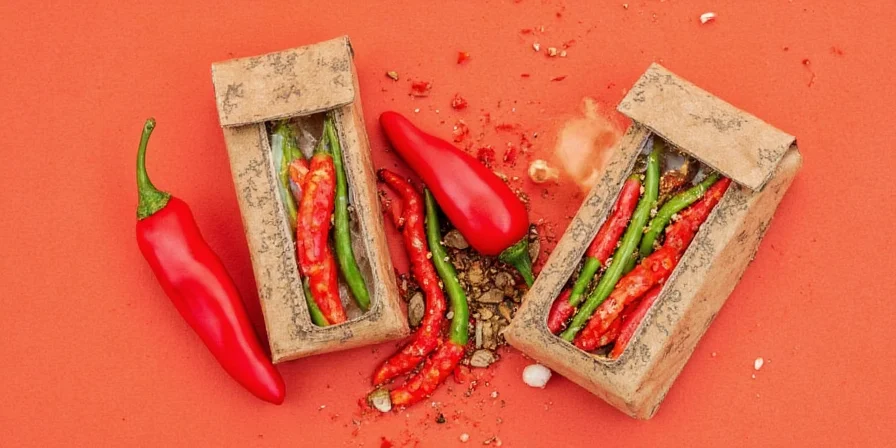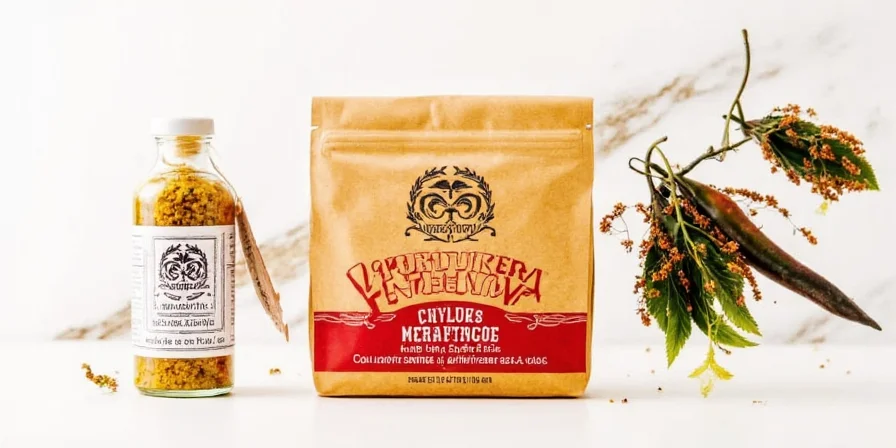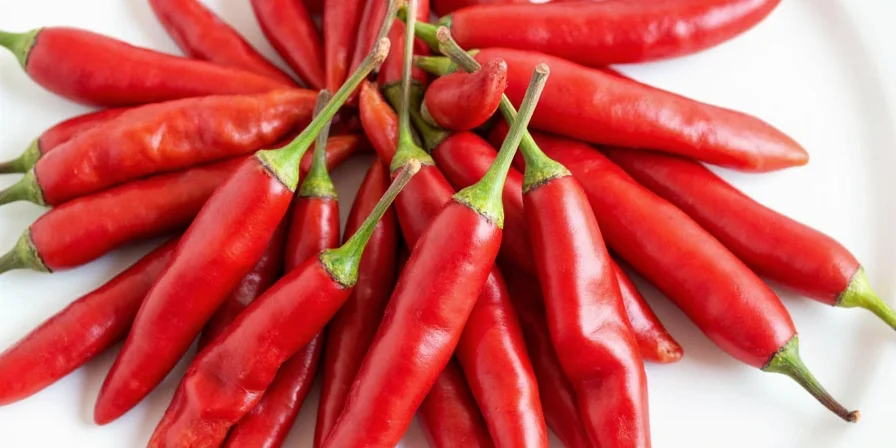Table of Contents
- What Is Ancho Chile? (The Direct Answer You Need)
- Why 'Chile Pasa' Is a Misleading Term: Clarified
- Authentic Ancho Flavor Profile: What to Expect
- 5 Practical Cooking Techniques for Home Cooks
- How to Store Ancho Chiles Properly
- Simple Ancho Chile Recipe Ideas You Can Make Today
- Ancho vs. Pasilla vs. Guajillo: Quick Reference Guide
- Frequently Asked Questions
What Is Ancho Chile? (The Direct Answer You Need)
An ancho chile is the dried form of the poblano pepper. This is the essential fact most searchers need immediately. Despite common confusion, "chile pasa" is not the correct term for ancho chiles in authentic Mexican cooking. If you're searching for "ancho chile" or "chile pasa," you need dried poblano peppers, not a different variety. This misunderstanding causes many cooking failures when people purchase the wrong ingredient.

Left: Fresh poblano pepper. Right: Dried ancho chile (often mislabeled as 'chile pasa' in stores)
Why 'Chile Pasa' Is a Misleading Term: Clarified
The term "chile pasa" causes widespread confusion in grocery stores and recipes. Authentic Mexican cuisine recognizes only 'ancho' for dried poblano peppers. What many stores label as "chile pasa" is almost always ancho chile. This mislabeling leads to recipe failures when cooks substitute incorrectly. Pasilla chiles are actually dried chilaca peppers, a completely different variety with prune-like flavor. Understanding this distinction ensures your Mexican dishes turn out authentic.
Authentic Ancho Flavor Profile: What to Expect
Ancho chiles deliver a unique combination of flavors: mild heat (1,000–2,000 Scoville units), dried fruit sweetness, and subtle earthy notes. Unlike chipotle peppers (which are smoked), authentic ancho chiles have no smoky flavor—this is a critical distinction many websites get wrong. When shopping, avoid any "ancho" with smoky aroma as it's likely mislabeled chipotle. The true ancho should smell fruity, with hints of raisin and berry.

Authentic ancho flavor components: 60% fruit sweetness, 25% earthiness, 15% mild heat
5 Practical Cooking Techniques for Home Cooks
Follow these simple methods to use ancho chiles effectively in everyday cooking:
- Basic rehydration: Place 3-4 dried anchos in a bowl, cover with hot (not boiling) water, and soak for 15-20 minutes until soft. This works for most home recipes.
- Stem and seed removal: Cut off stem, shake out loose seeds, then slice open and scrape out remaining seeds and white ribs with a spoon for milder flavor.
- Simple sauce base: Blend rehydrated anchos with 1/4 onion, 1 garlic clove, and 1/2 cup broth for instant mole base.
- Dry rub alternative: Grind dried anchos in spice grinder (no need to rehydrate) for steak or chicken seasoning.
- Quick flavor boost: Add one whole ancho to bean pots or soups during cooking, then remove before serving.

Correct preparation: Stem removed, seeds scraped out, ready for rehydration
How to Store Ancho Chiles Properly
Extend your ancho chiles' shelf life with these practical methods:
- Store in airtight container in cool, dark pantry for up to 6 months
- For longer storage (up to 1 year), keep in freezer in sealed bag with air pressed out
- Check freshness by rubbing between palms - fresh anchos release fruity aroma
- Discard if they become brittle, lose deep red color, or develop musty smell
Simple Ancho Chile Recipe Ideas You Can Make Today
Try these beginner-friendly applications of ancho chiles:
Quick Ancho Chicken Marinade
Whisk together 2 tablespoons olive oil, 2 rehydrated and minced ancho chiles, 1 minced garlic clove, 1 teaspoon cumin, juice of 1 orange, salt and pepper. Marinate chicken breasts for 30 minutes before grilling.
Simple Mole-Style Sauce
Blend 3 rehydrated ancho chiles, 1/4 cup toasted almonds, 1/2 cup chicken broth, 1 tablespoon peanut butter, and pinch of cinnamon. Simmer 10 minutes and serve over cooked chicken or turkey.
Ancho Black Bean Soup
Sauté 1 chopped onion and 2 minced garlic cloves. Add 2 cans black beans (drained), 4 cups broth, 2 rehydrated and minced ancho chiles, and 1 teaspoon dried oregano. Simmer 20 minutes, then blend until smooth.

Easy homemade mole sauce using authentic ancho chiles (no confusing substitutions)
Ancho vs. Pasilla vs. Guajillo: Quick Reference Guide
| Chile Type | What It Actually Is | Flavor Profile | Common Misidentifications |
|---|---|---|---|
| Ancho | Dried poblano pepper | Fruity, mild heat, no smokiness | Often mislabeled as 'chile pasa' |
| Pasilla | Dried chilaca pepper | Prune-like, earthy, medium heat | Mistaken for ancho in some regions |
| Guajillo | Dried mirasol pepper | Tangy, berry-like, medium heat | Confused with ancho in powdered form |
| Chipotle | Smoked jalapeño | Distinctly smoky, medium-high heat | Often incorrectly sold as 'smoked ancho' |
Frequently Asked Questions
Where can I find real ancho chiles, not mislabeled 'chile pasa'?
Look for 'ancho' specifically at Mexican grocery stores or the international section of larger supermarkets. Check the appearance: authentic ancho chiles are wide, flat, deep red, and about 4-6 inches long. Avoid any that smell smoky (those are chipotles). Specialty food stores and reputable online spice retailers are your best options for correctly labeled products.
Can I substitute regular chili powder for ancho chile?
Not for authentic results. Most chili powder contains cumin, oregano, and other spices along with varying chile types. For true ancho flavor, you need actual dried ancho chiles or pure ancho chile powder. If substituting is necessary, use New Mexico chile powder as the closest alternative, but understand the flavor profile will differ significantly from authentic ancho.
How do I know if my ancho chiles have gone bad?
Fresh ancho chiles should be flexible with deep brick-red color. Signs they've gone bad include: extreme brittleness, faded brown color, musty or moldy smell, or visible mold. Properly stored in a cool, dark place, dried ancho chiles last 6-12 months. For best flavor, use within 6 months of purchase. When in doubt, rub a chile between your palms - fresh anchos release a distinct fruity aroma.
Why do some recipes call for toasting ancho chiles?
Toasting dried chiles briefly in a dry skillet (about 30 seconds per side) enhances their natural flavors without making them bitter. This step brings out the fruity, earthy notes in ancho chiles. Be careful not to burn them - you should hear a light sizzle but see no smoke. After toasting, immediately transfer to cold water for rehydration to stop the cooking process. This simple technique makes a noticeable difference in the final dish's flavor complexity.











 浙公网安备
33010002000092号
浙公网安备
33010002000092号 浙B2-20120091-4
浙B2-20120091-4